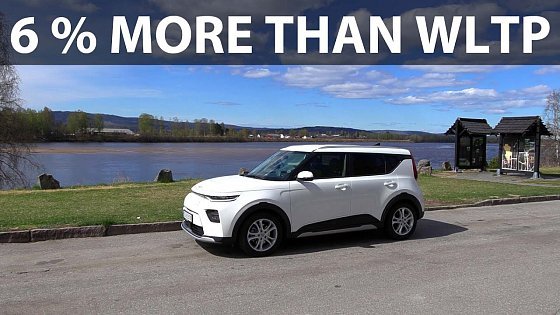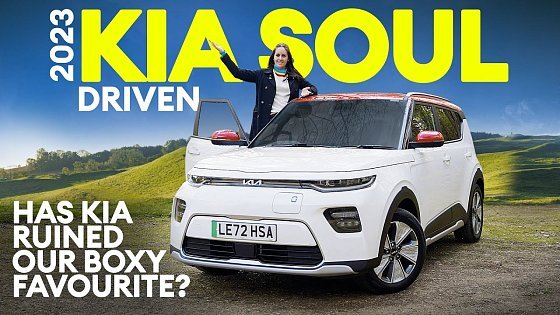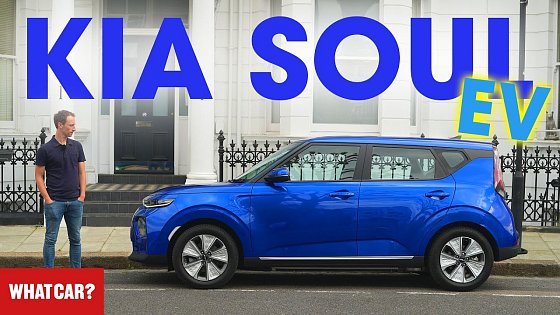Video Summary
The Kia e-Soul made the drive from Warsaw to the Polish mountains.The tested car used 16.2 kWh per 100 kilometers but the value should get better.
After an hour, the driver was about 75 km away from Warsaw and had about 350 km remaining with a range of 297 km.
The energy consumption had risen to 17.3 kWh per 100 km, driving at around 100km/h.
For the last six months, several EVs, including three from Hyundai Kia Group, have been driven.
It is fair to say that in the summer, the heater is not used.
On a trip in late November, the heater was turned on.
A route from Warsaw to Zakopane takes anywhere between five hours and forty minutes and eight hours ten minutes.
To complete the trip, the reviewer needed to use less than 15 kWh per 100 kilometers, which was not happening in the test.
The car can be charged in three ways: regular 230V outlet, which is slow; a type 2 socket that can charge at 7 to 22 kW; and DC fast charging, up to 50 kW in Poland, with public chargers ranging from 20 to 40 kW.
The Kia E-Soul is based on the third-generation Soul, a car not available in Europe.
The car weights around 1700 kg.
Under the hood, surprisingly a lot of space was available.
Battery capacity is 39 or 64 kWh, giving 289 to 450 kilometers of range in optimum conditions.
The shortest route to Zakopane was through Radom and Kielce, but that has not been electrified.
There is not enough charging infrastructure in Poland.
For more frequent long-distance travel, range is less ideal, but like small city cars, the range was okay.
An average speed of 65 km/h was achieved including the charging break.
A stop at a charging station cost about a half-hour, and the half hour delay decreased the average speed from about 68 kilometers to about 62 kilometers per hour.
The energy consumption was 17.7 kWh per 100 kilometers.
It took about 30 minutes of charging to regain 17 kWh at a cost of about 7-8 euro.
Recuperation helped on the trip.
The government has tried to show off EV charging infrastructure, but it needs to improve, as some regions are less electrified.
EV manufacturers provide numbers for the battery capacity and energy used, with the exception being BMW, which lists only amp hours.
Since the road to Zakopane is not a major transport corridor, charging is challenging.
Driving the car with the climate control and onboard electronics used about 10% of the energy.
If one does not need the additional space in the trunk, then using a type 2 socket for the charging cables is advisable.
Electric cars should be easy to use if there were more chargers on routes.
Driving electric cars is bit about strategy.
The boot is smaller than thought at 315 litres.
With the floor set down, the volume increases to around 400L.
A 230V charging cable fits underneath the floor where the tire repair kit rests.






